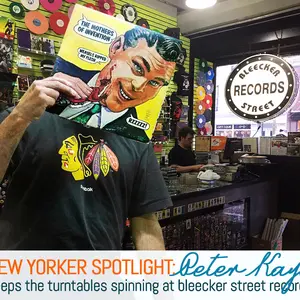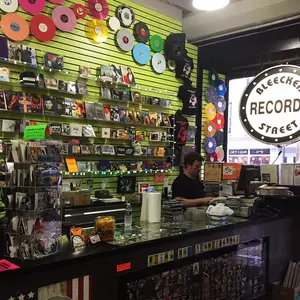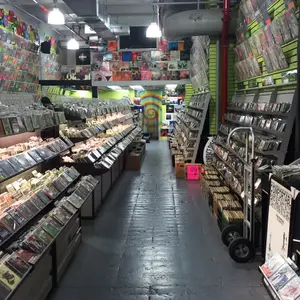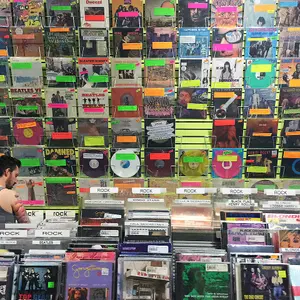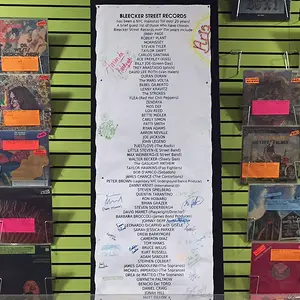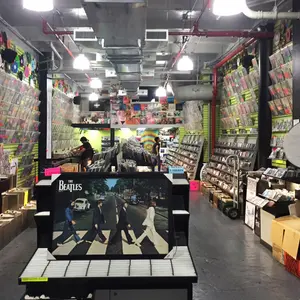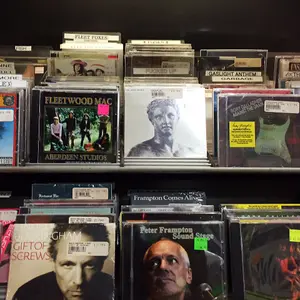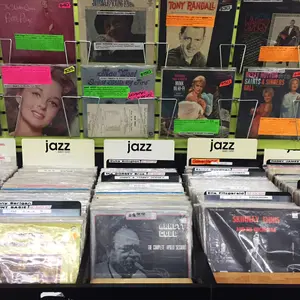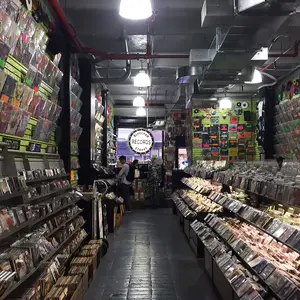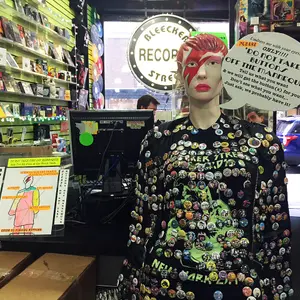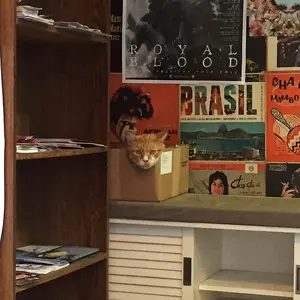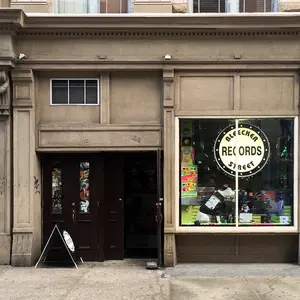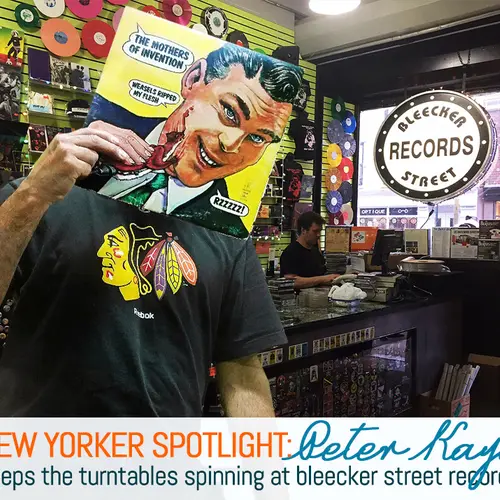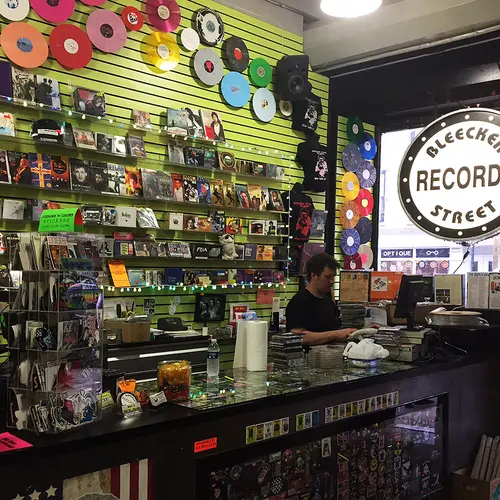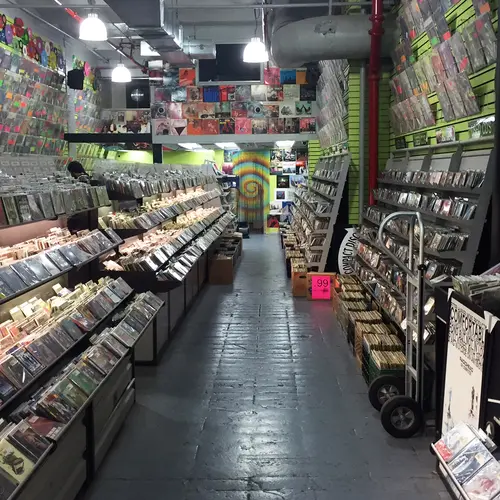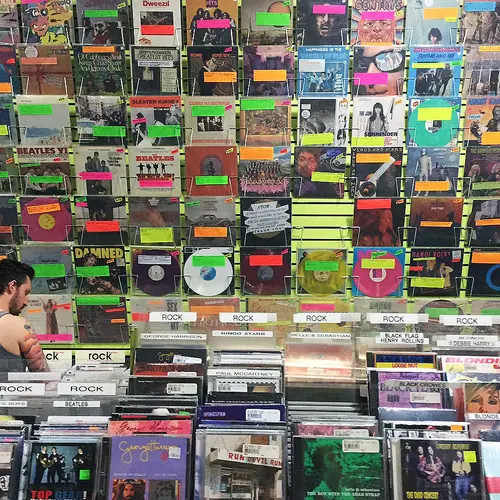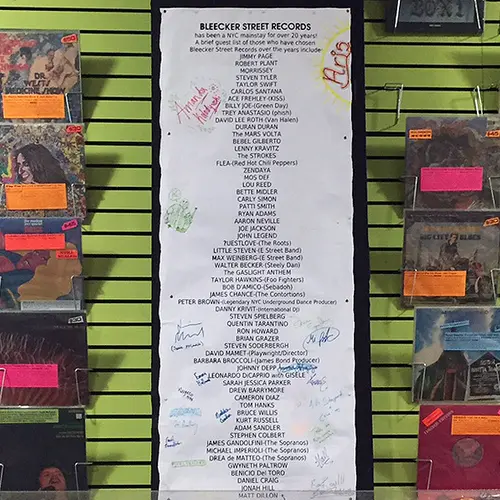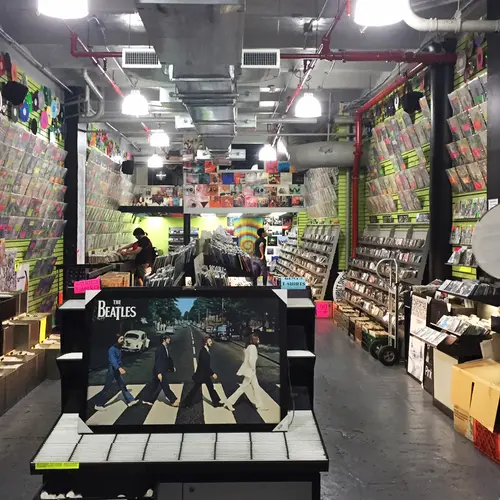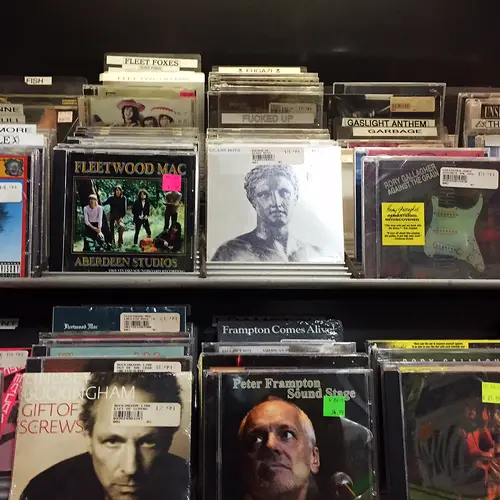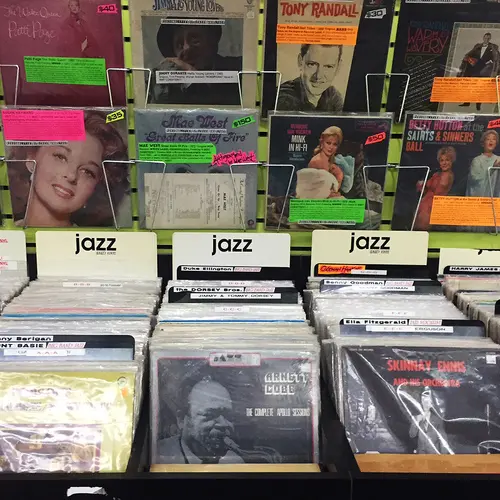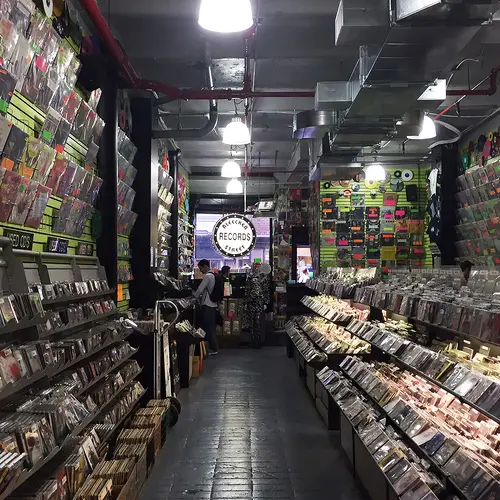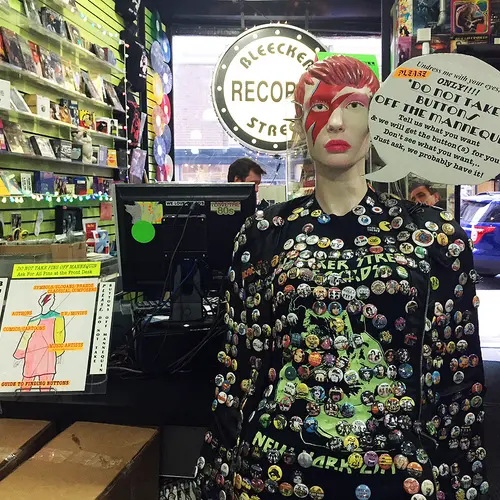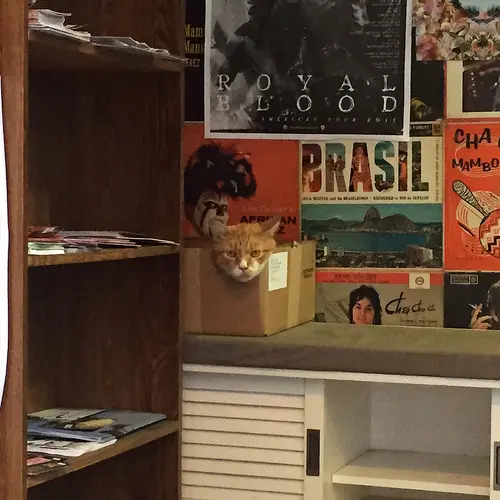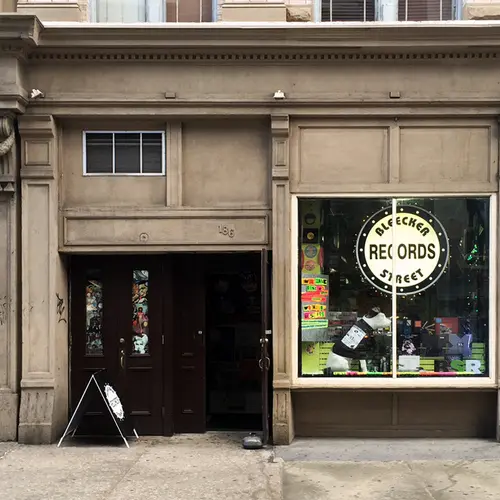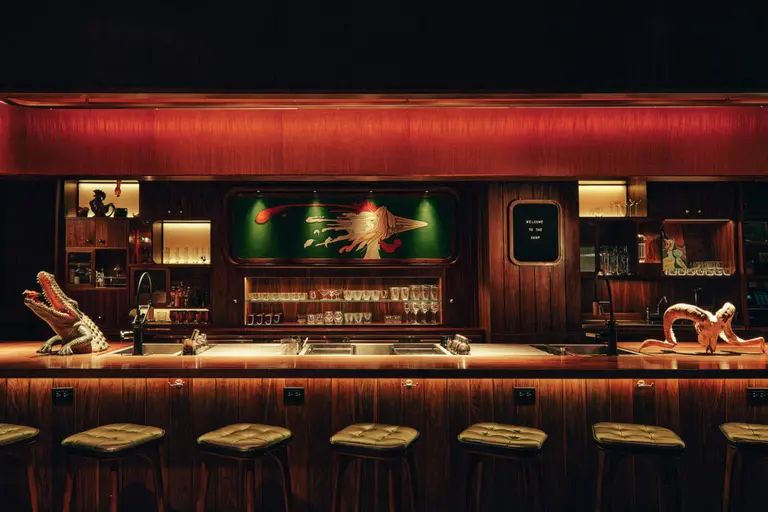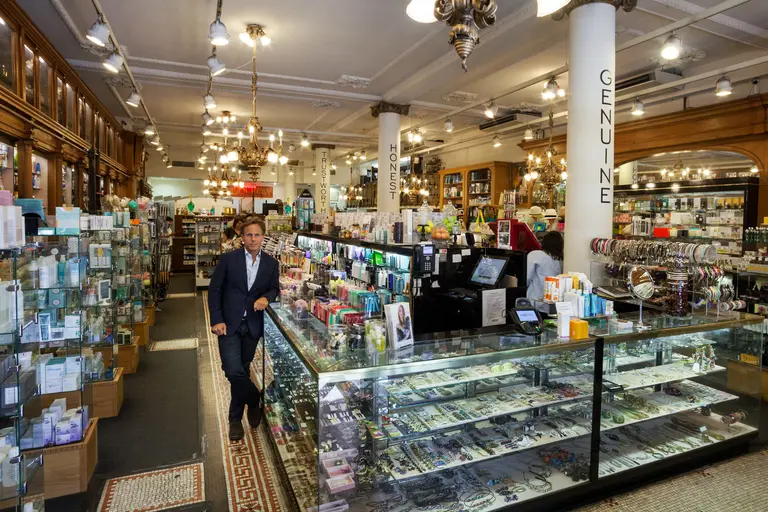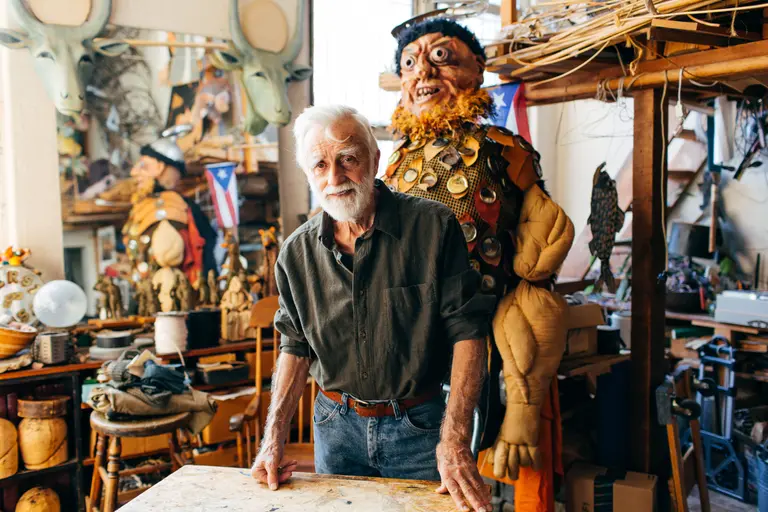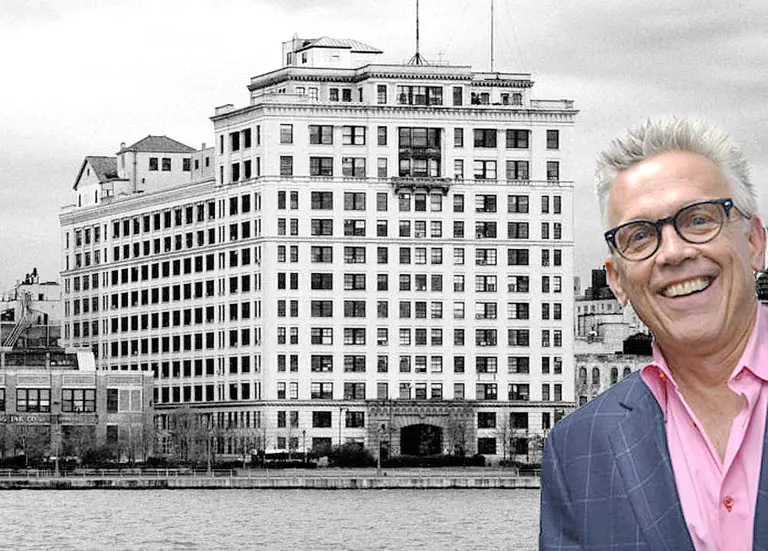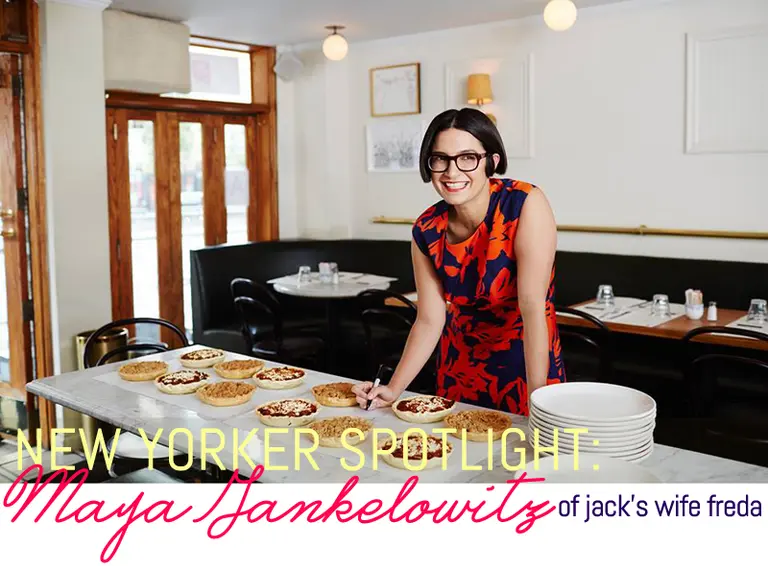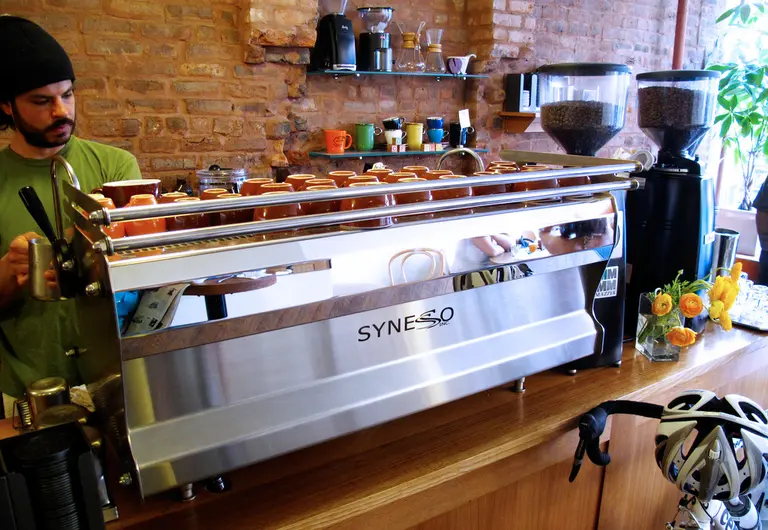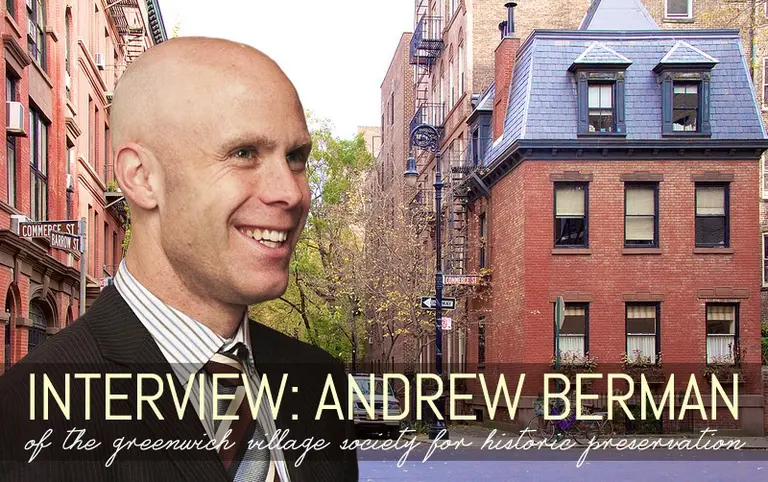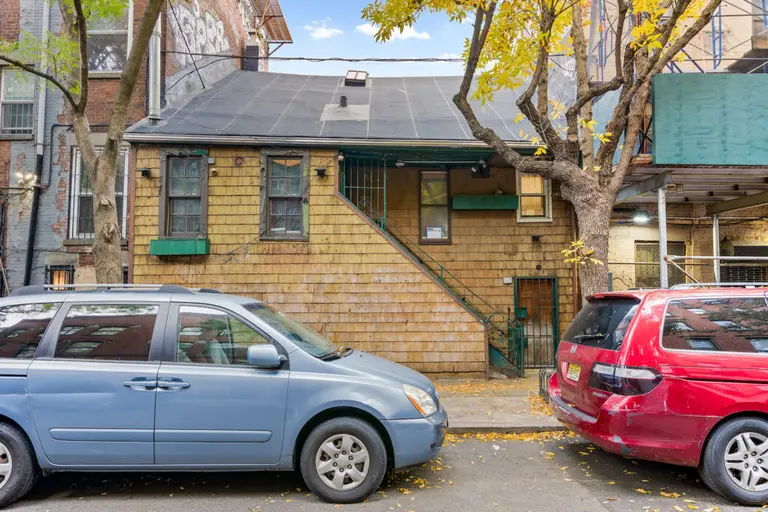New Yorker Spotlight: Peter Kaye Keeps the Turntables Spinning at Bleecker Street Records
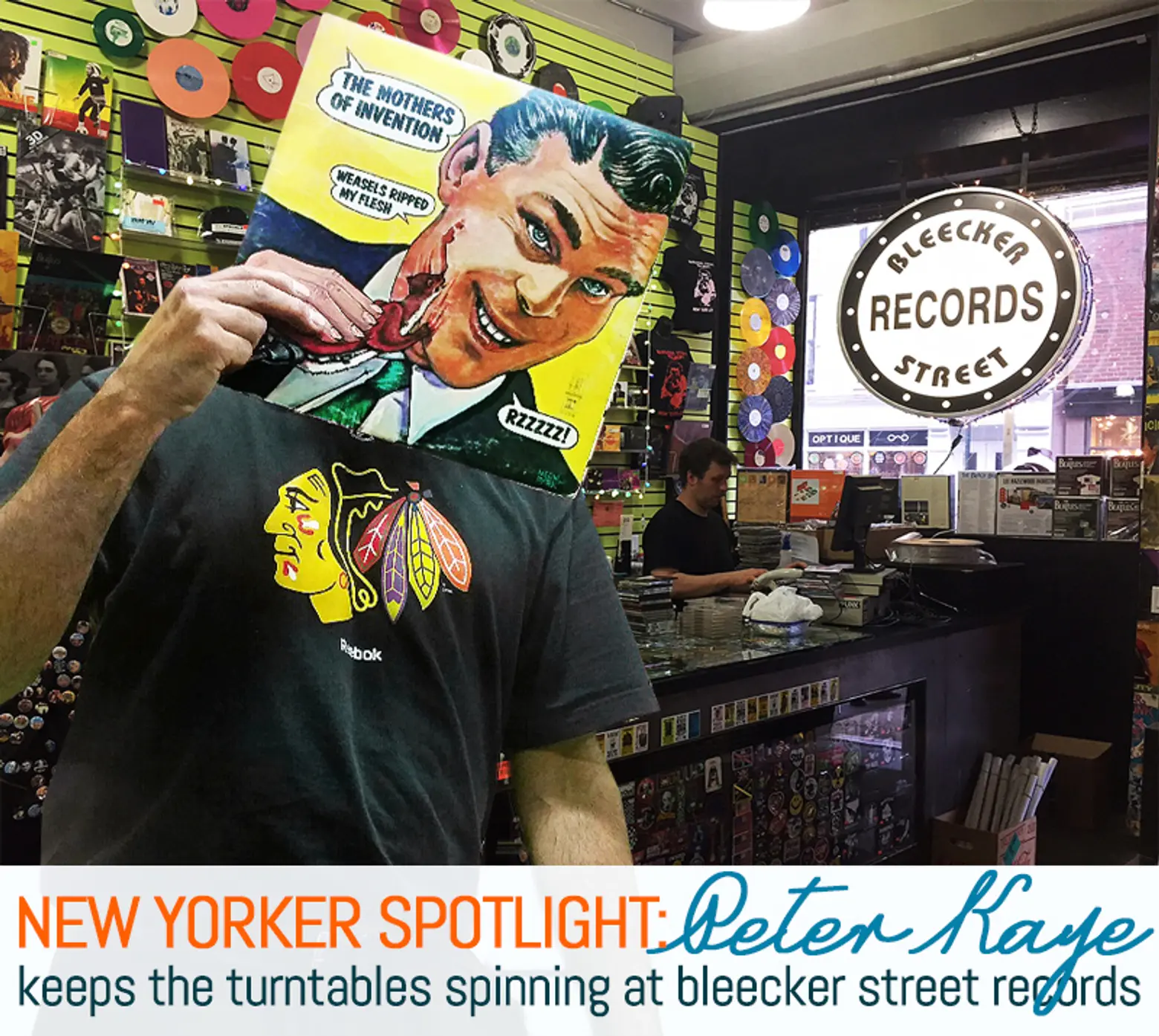
In the age of streaming music, it may be surprising to learn that not only are record stores still in existence, but millennials are buying more than their fair share of albums. Perhaps it’s because records are tangible and there is a movement for feeling and touching items, or maybe it’s a natural progression of hipsterdom, but 20-something New Yorkers are buying the same records their parents listened to as well as current chart toppers—yes, even Taylor Swift releases vinyl. One of the happy observers of this resurgence is Peter Kaye, a manager at Bleecker Street Records in the West Village.
For the last 18 years, Bleecker Street Records has been a go-to destination for those looking for records, CDs, and “extracurriculars” as Peter calls the posters, patches, pins, and playbills the store carries. While its address no longer matches its name, the musical mission at Bleecker Street Records remains the same. Peter has a very important hand in how the store runs. As both a manager and the LP guy, he’s responsible for finding the records and serving as an in-store historian. He’s able to put each record into context and explain why it matters, which helps lesser-known albums have their moment in the spotlight.
We recently spoke with Peter to find out what it’s like to manage a record store in a digital era.
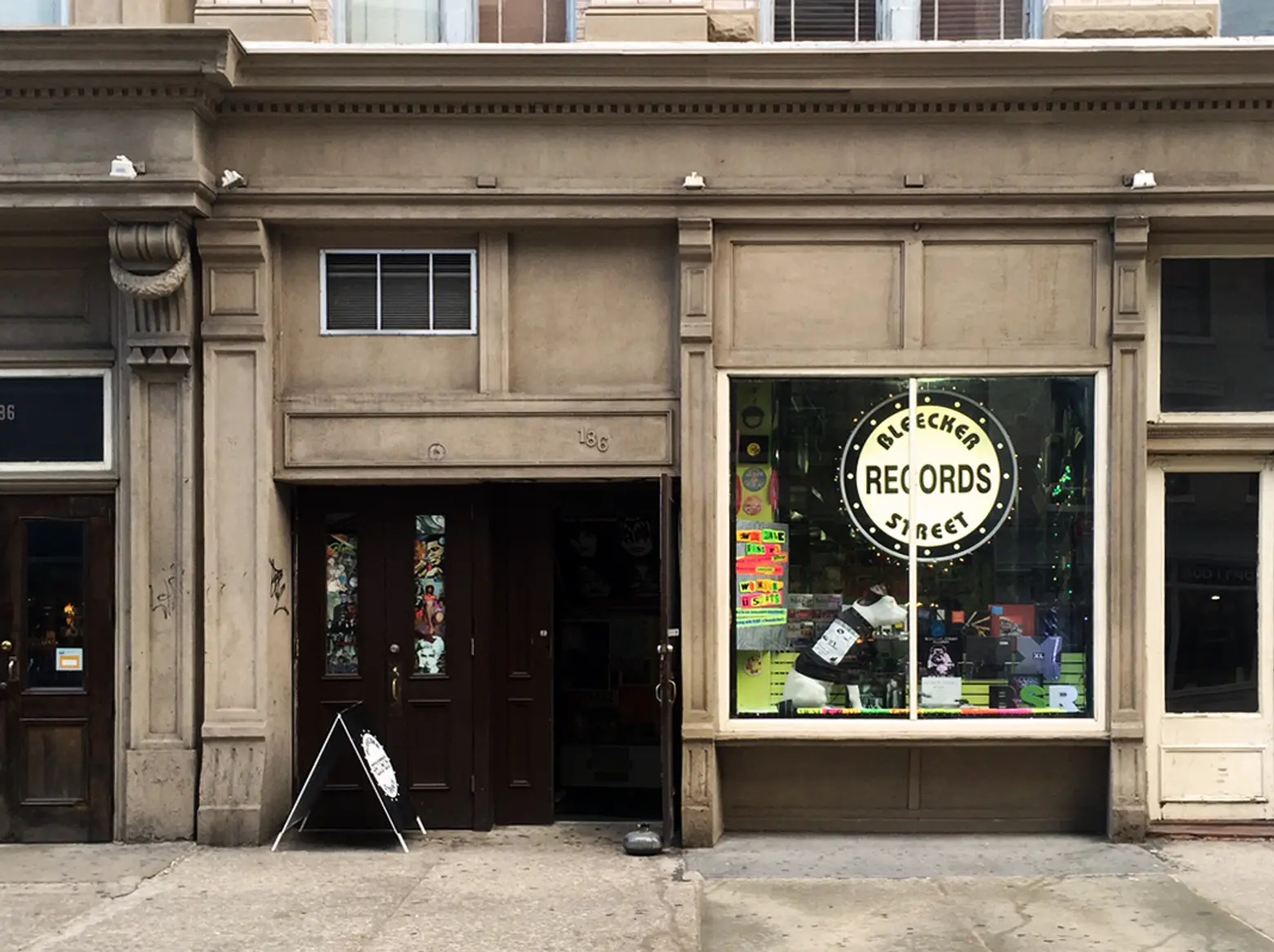
How did Bleecker Street Records come to be?
Peter: Originally Bleecker Street Records was on Bleecker Street. When Bleecker Street became a business, they actually bought a place where a record store had already been called the Golden Disk. It had been in business since the ’60s and then Bleecker Street took over the space and a lot of its inventory. Back then it was a lot of CDs and some vinyl. It was more collectible items or less expensive records. When the record thing got started all over again, we started carrying more and more new vinyls. Just like when CDs first came out you had one band, then two and then the whole store. The same thing happened with LPs.
Can you share a bit about your role here?
Peter: I was actually working in music wholesale. I would sell to places like Bleecker Street Records, but that market crashed and never recovered. The store took pity on me 11 years ago and said, “Why don’t you come here?” I enjoy that a lot of people still love records or are having their first love affair with records.
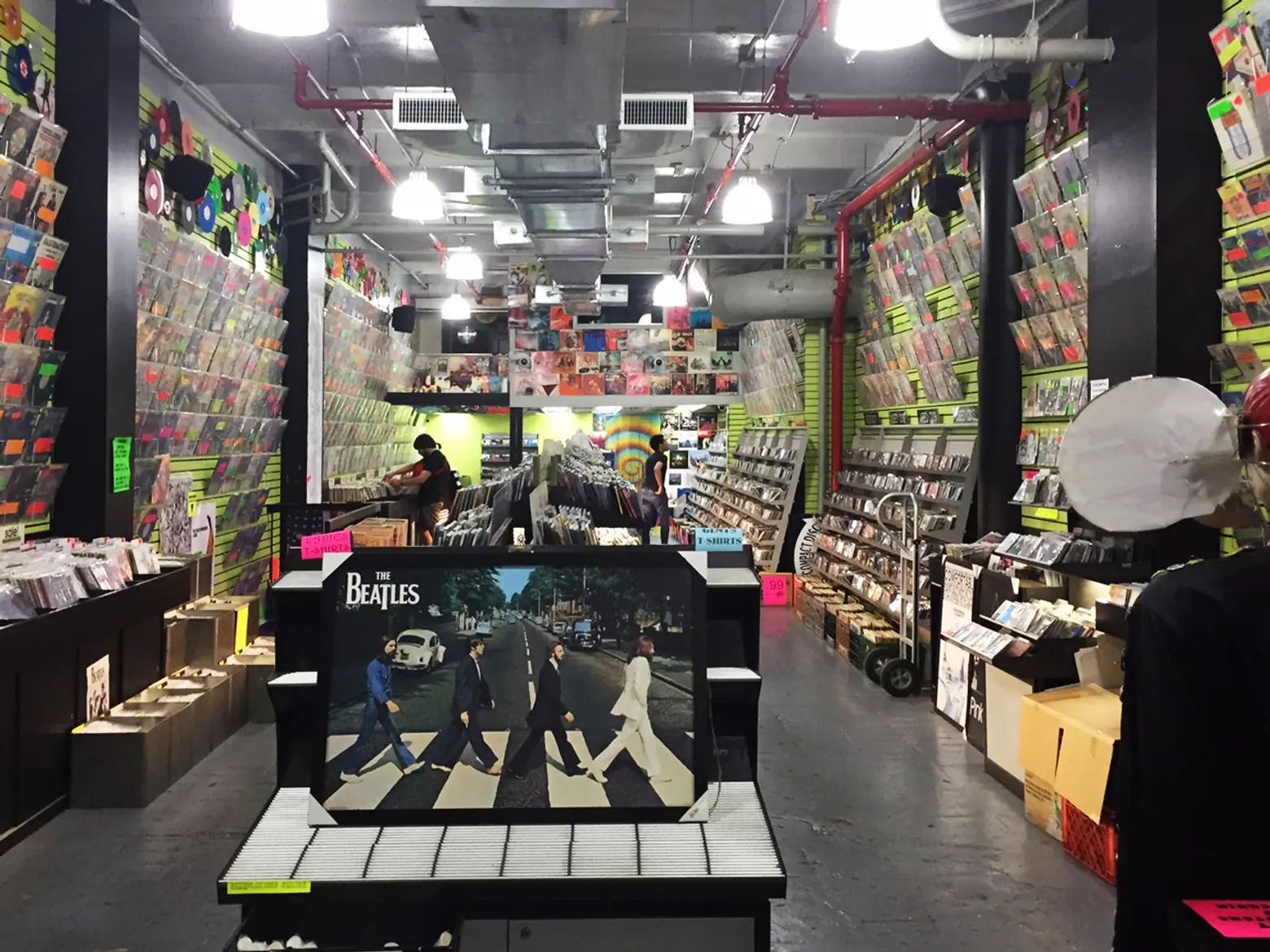
With that said, most people turn to online streaming and iTunes to fulfill their music needs these days—what makes records special and why do they still matter in a digital era?
Peter: I grew up with records so I would buy a record like Alice Cooper’s “Killer” right here [holds up record]. This was like a feast for the eye for a pubescent boy. I would just put the record on the turntable and it would spin around and I would just look at this 12 x 12 format. Sometimes it folded out into a poster or something. So I grew up with records and they were just great fun. The format is big enough that you can see everything. In many instances, this was an art space. Many people put a lot of thoughts into the graphics. Here is another example: Jimi Hendrix’s “Axis: Bold As Love.” It’s rather elaborate, but you can read the lyrics on the inside. For me, records were just natural.
We have a whole stack of records that are ultimately going to go up on the wall. All records that are displayed on the wall are more collectible records, and I write a synopsis for each one so you know what you are looking at and why the record is there. It’s all interesting to me because records all have their own story.
Take Carol Hester. She was a very minor, original Greenwich Village folkie. Bob Dylan is on her record playing harmonica on three tracks. If you are a Bob Dylan freak it matters to you. It’s why this record is $40. This here is a hard rock album here. Michael Bolton on the cover. He was a hard rock guy. This is Bruce Kulick, he was the guitarist for Kiss in the ’90s.
People who are driving the record renaissance—and I would call it nothing less than that—are young people. People who didn’t grow up with records. I can only think that the appeal is that they find the same feeling I had all those many years ago. Maybe it’s sort of anti-tech in a way. Maybe it’s rebellious.
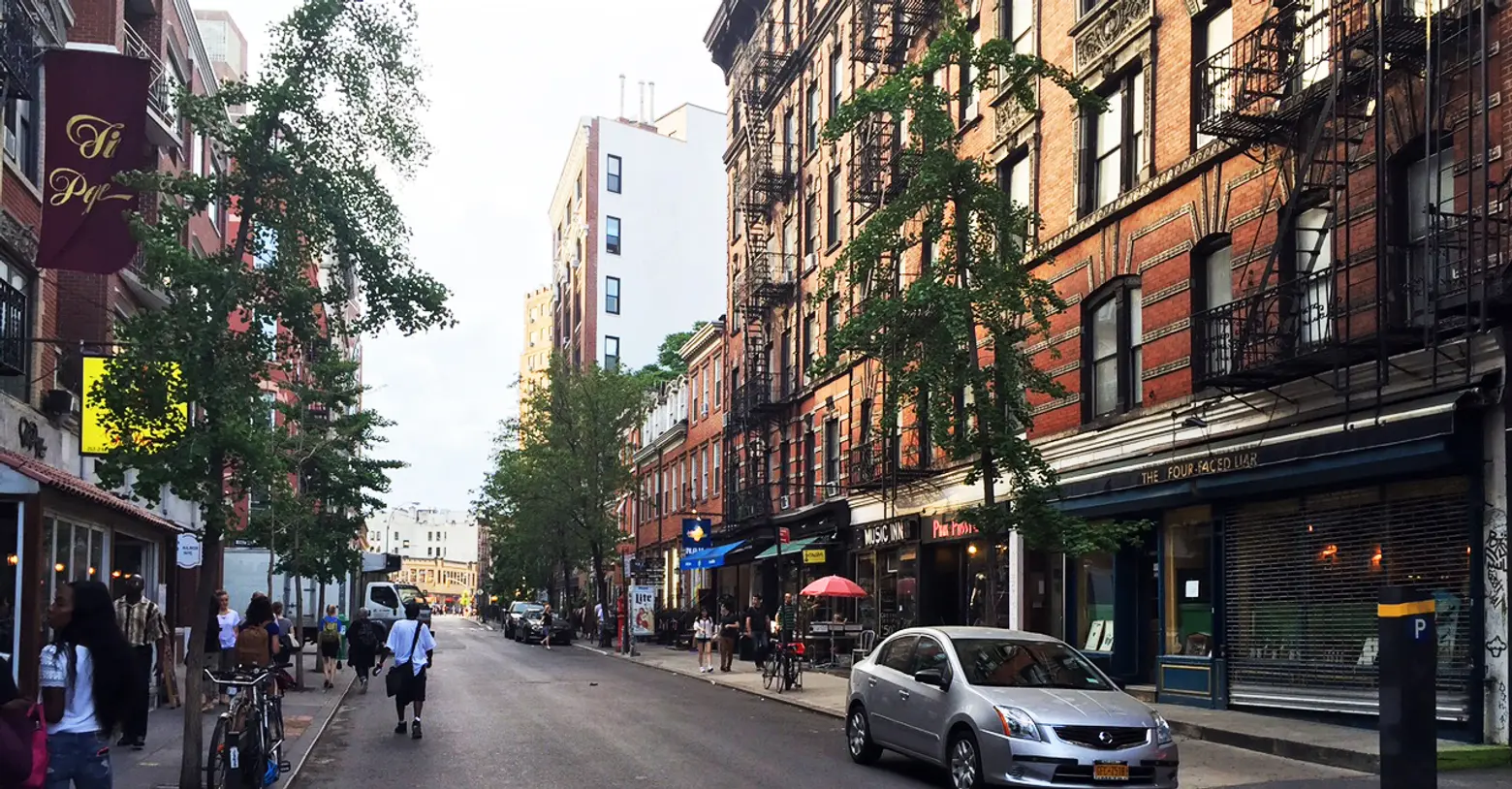
What makes the West Village a great fit for the store? How has it changed?
Peter: I think music and the West Village always went hand in hand. I think that Greenwich Village folk scene had a lot to do with it. The West Village had a lot of history related to music. Bob Dylan has a famous album cover, “The Freewheelin’ Bob Dylan,” where he is walking down the street with his then girlfriend on Jones Street, which is the next street over. Now it’s gourmet food shops and trying to make it all fancy schmancy, but the West Village still has a bohemian reputation and charm.
The beat on the street is that the old charm is being threatened by a new, very expensive, sanitized, manufactured bohemian chic. It’s hard to imagine that the prices people are asking to live here can be sustained. I went to buy records on Perry Street at a one bedroom—well, it was more like one largish room, with a an “improvised” kitchen and bathroom. A loft was built inside so there would be more room. Honestly, I had more in my college dorm room. A lady was moving out after 29 years saying the West Village had lost its charm. A young couple was happy to buy it for $900,000 dollars! It was going to take another $50,000 t0 $100,000 more to renovate.
Do a lot of people wander into the store curious how a record store is still in existence?
Peter: We get a lot of that and that’s from people in my generation or slightly older who grew up with records and used to hang out in record stores. They say, “Oh we are so glad you are here.” They are just so glad that a record store had not only survived, but is thriving.
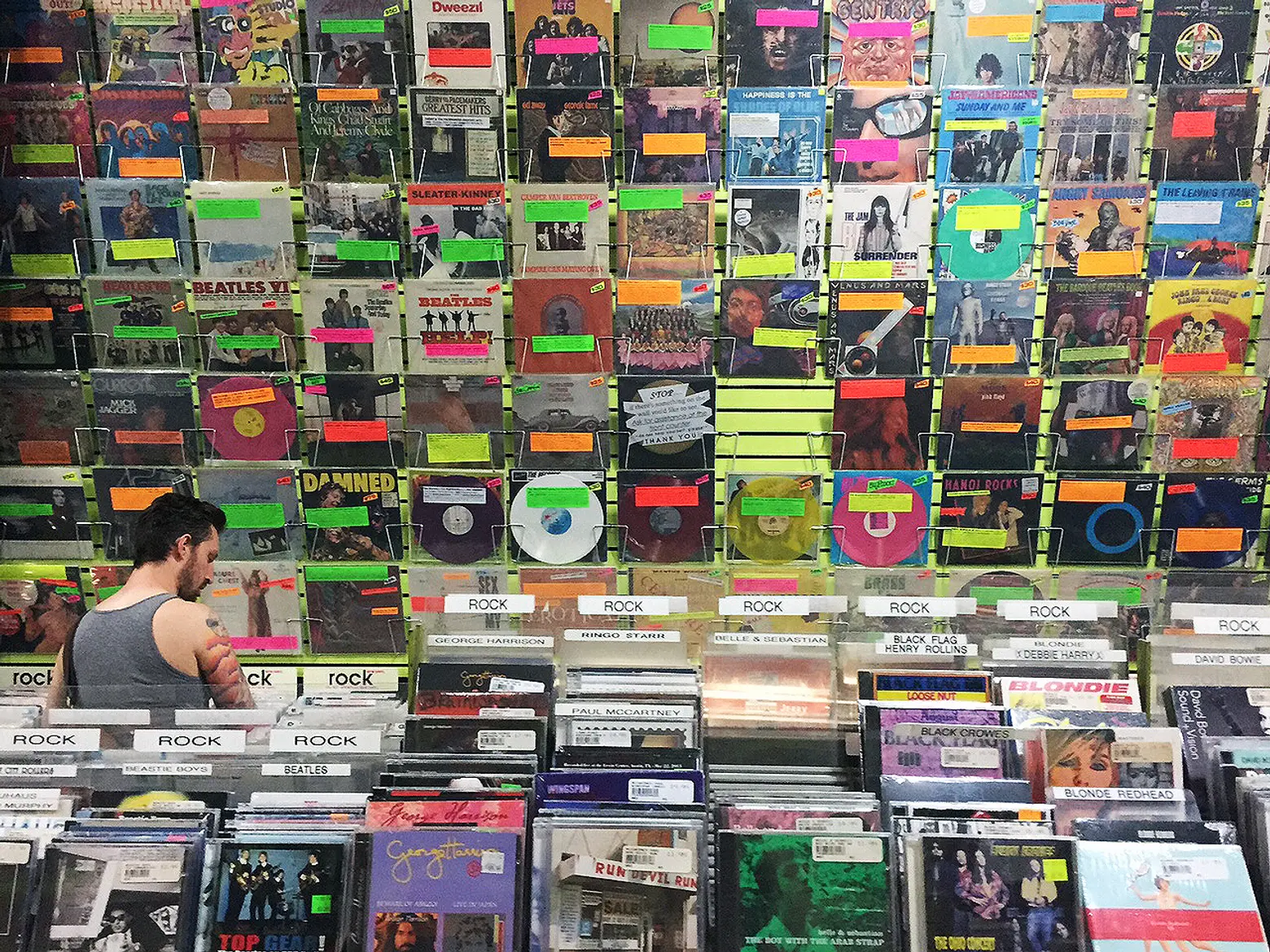
How do you find the store’s inventory?
Peter: People bring records in right off the street. I welcome people to bring their records to Bleecker Street. We get phone calls all the time and a lot of times they are, “My uncle was a record fanatic and he passed away.” That uncle may have invested in collecting records and they call a place like us and we go in, see the records and can make an offer to acquire. We always look at records. The one thing we do is that if it’s sizeable enough we will go to you. I go out on record buys all the time.
Over the years, has anything changed about records?
Peter: If anything, records are getting more and more elaborate. Back in the day, let’s say the ’80s, people were already thinking we are going to get rid of records. Records weren’t really that high quality. Now records are very elaborate with graphics, posters inside, and there are colored vinyls, shaped vinyls and novelty vinyls.
Covers are ideally a wonderful marriage of music, graphic design and—ahem—poetry! There is more to a record; you can hold one in your hand and look it over, read the lyrics on the inner sleeve. Certainly, some records are shallow, but even in theses instances, there are graphics and lyrics. In fact in the age of downloading and streaming music, all that extra good stuff, which again I emphasize is actually held in hand, is missing. What were Johnny Rotten’s last words from the stage as a Sex Pistol, “Ever get the feeling you were getting jipped?!” I think it will be hard to get folks to go back to getting or having things in the ether after the glory of a record in hand.
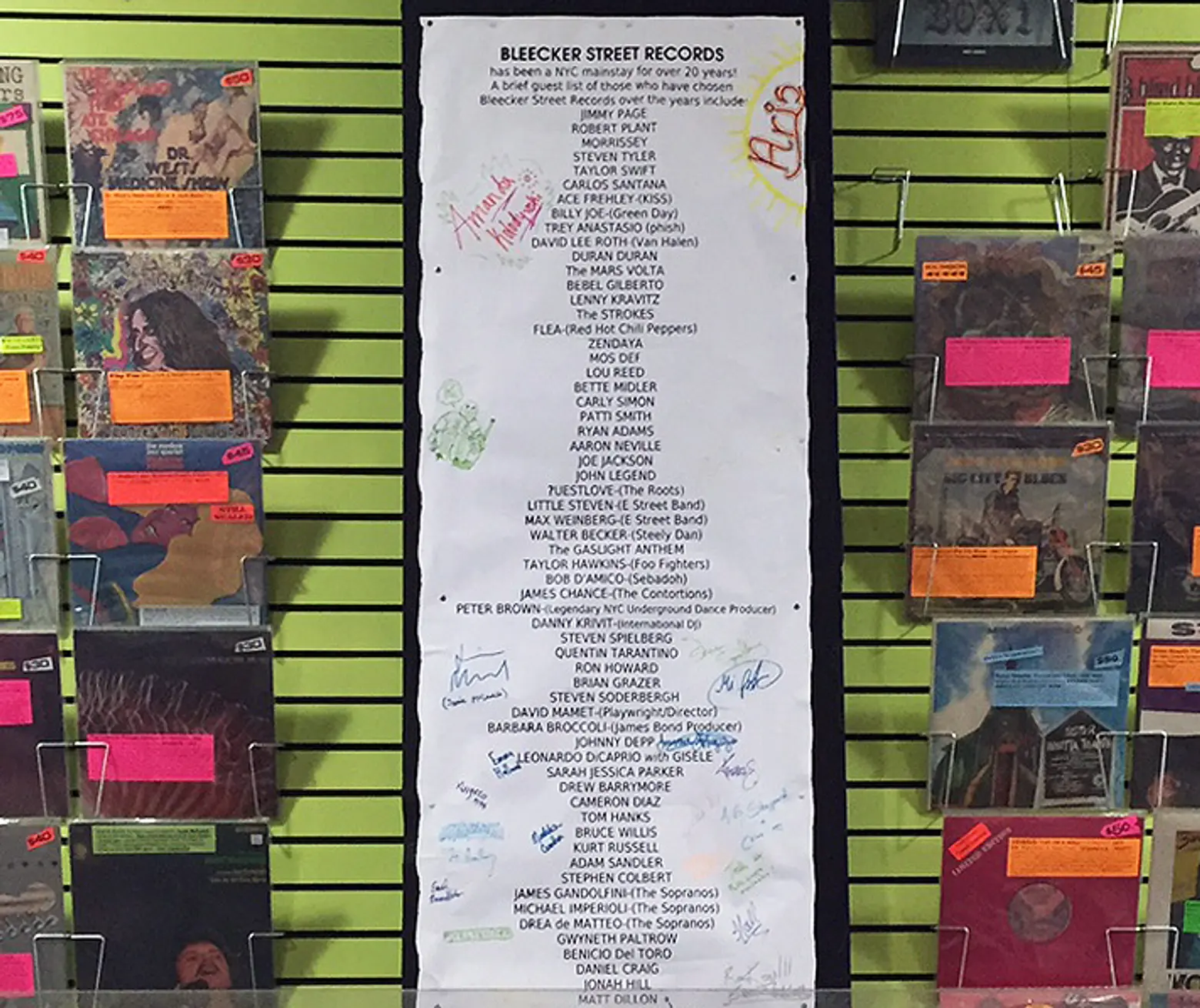
You mentioned young people are a big customer base. Who else is part of the store’s demographic?
Peter: We have customers my age who are always interested, but they’re not driving the market. The majority is young people and they are really turning things upside down. It’s been going on for a long time. I thought the bubble would pop by now, but it certainly hasn’t. We get a lot of tourists here. The appeal is universal. I’m sure if Martians came down from Mars, they would demand some records too.
What is the most unusual record someone has come in looking for?
Peter: I like the mistakes people make. These are all true: Someone came in looking for Olivia Neutron Bomb, which was really Olivia Newton-John. Another time someone wanted the first Anita Baker album, “Rupture.” It’s actually “Rapture,” but the way she is buckled down on the cover made it impossible not to snicker at! Alfred Hitchcock and the Egyptians, instead of Robyn Hitchcock & the E, is another. Spoken, I’ve heard “Sy-Ox” and the Banshees, instead of Siouxsie and the Banshees.
And from young people: “Was Paul McCartney in a band before Wings?”
I once had a girl who was looking at a Sid & Nancy poster and said “Oh he’s cool… Was he in the Beatles?” I had to inform her that he was not and that not only did he kill the woman in the poster but, he done killed himself too!
I do think the last two however are rather innocent blunders. But they do illustrate how eager young folks are to buy into the myths rock ‘n’ roll without really having any real comprehension of the facts.
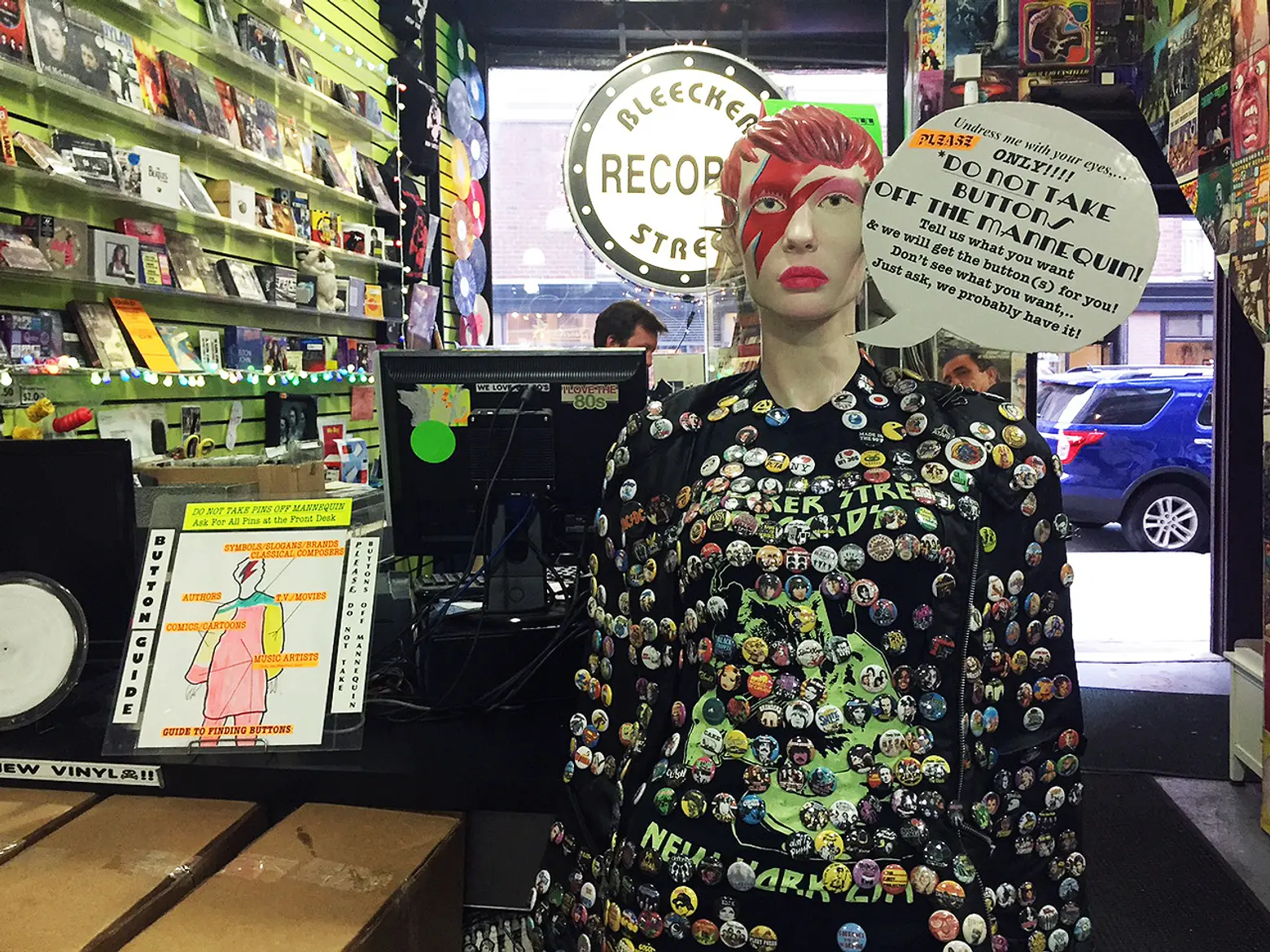
If you could select one record that epitomizes New York in 2015, which one would it be?
Peter: Things that initially jump in my mind are kind of the glitzy, trashy records that were made in the mid to late ’70s. Things like New York Dolls, Television, Suicide—these are all New Yorkers anyway. It was sort of just before punk rock, just after glam rock, and it was trashy, glammy kind of stuff. If you come here at night, it’s still a little crazy.
What does sharing records with New Yorkers mean to you?
Peter: When I went to school, I didn’t know any kid who wasn’t into music. For most people, music is still very important. I just feel records are the original format. It’s the way nature intended it. I’m glad that not only is it still around, but it’s not some antique or relic. It’s still very relevant. I love to give new records a home. I love the fact that young people are still discovering them for the first time and coming back for more.
+++Bleecker Street Records
188 West 4th Street
New York, NY 10014
[This interview has been edited]
Interior and street images by 6sqft. Image of Peter by Aris Fernandez
RELATED:
- What Are New Yorkers Listening To? The Answer May Surprise You
- Musicians of Tribeca: The City’s Hottest ‘Hood for Pop Stars
- Paul McCartney Purchases a Fifth Avenue Penthouse for $15.5M
